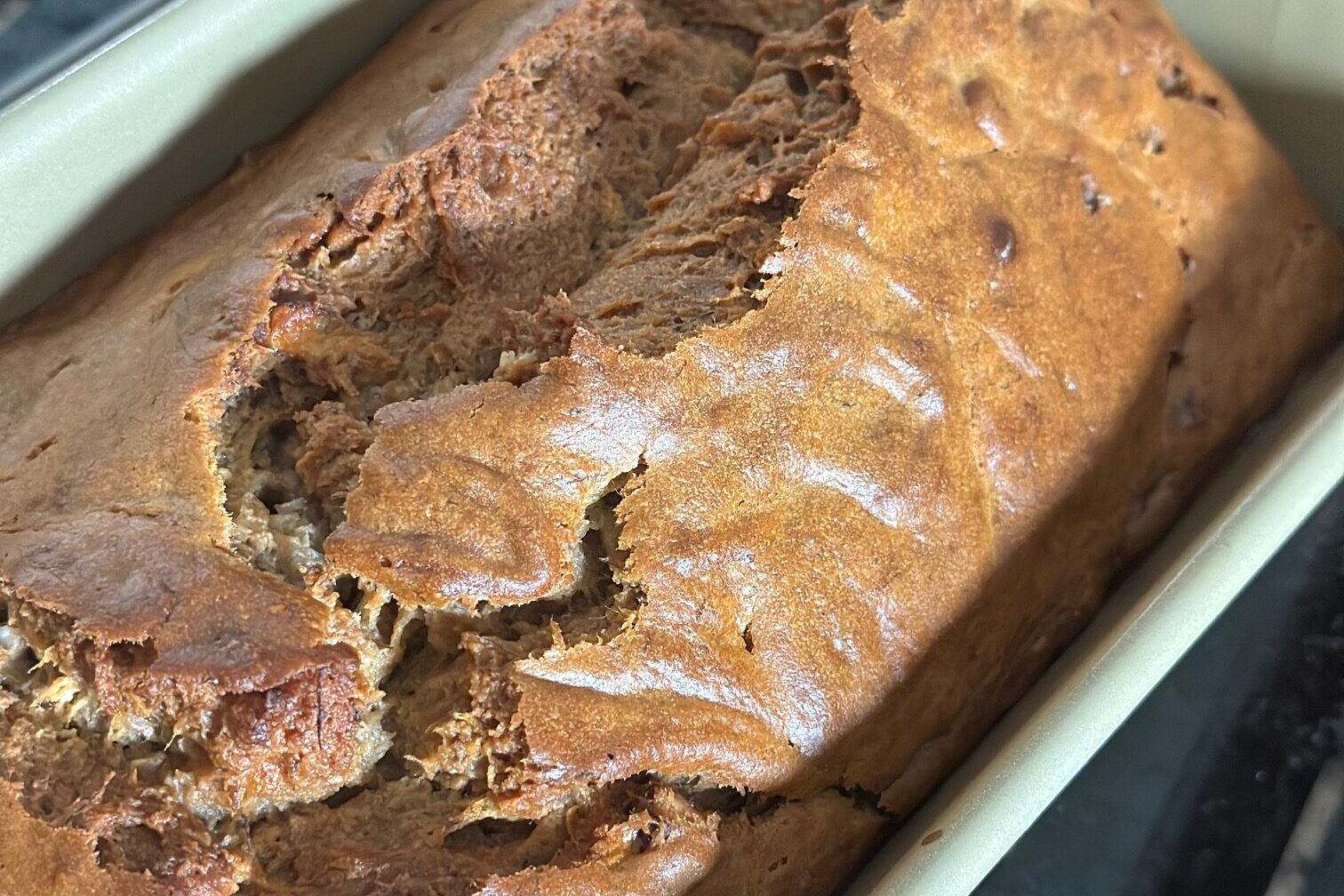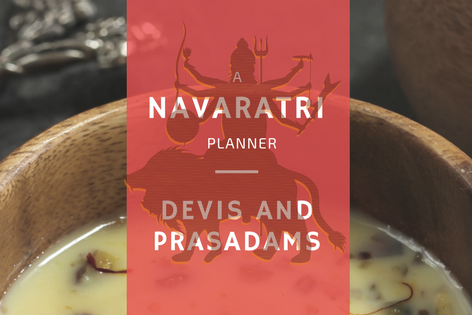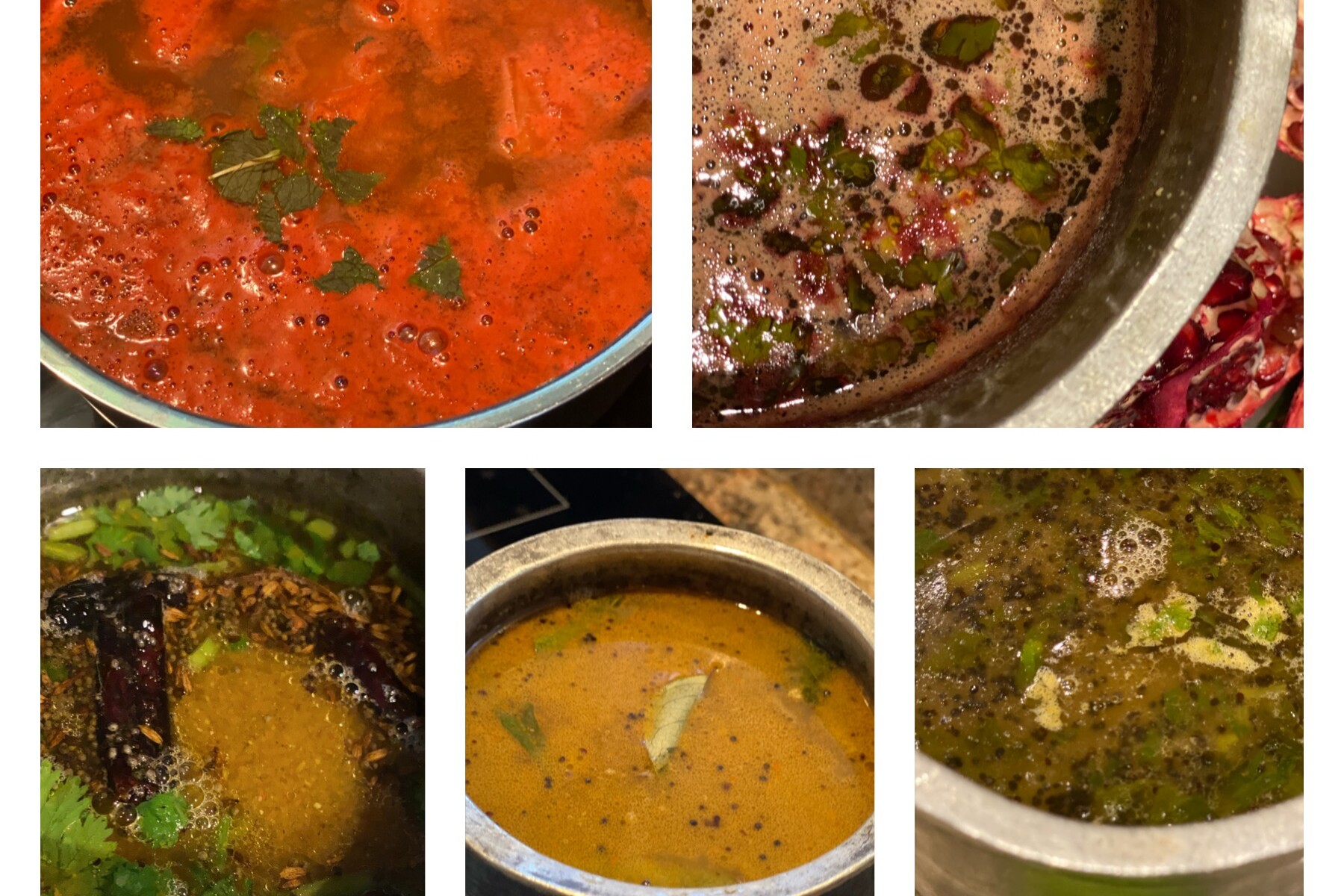This is my first Chinese New Year in Singapore and it’s only befitting that I wish everyone Gong Xi Fa Cai – (literally means Congratulations and be prosperous – may you get more wealth) and Xin Nian Kuai Le’, (which simply means Happy New Year in Mandarin).
Steeped amidst many ancient traditions and beliefs, the Chinese New Year is the most important of the traditional Chinese holidays. Also known as the Spring Festival, the lunar new year celebrations run about 15 days – from the first day of the first month of the Chinese calendar, to the Lantern Festival on the 15th day of the first month.
Traditionally, the festival was meant to be a time to honor deities and ancestors. I find some of the traditions so similar to some of our Indian festivals or even other family traditions in general – like the Indian Diwali, Pongal festival or even the American Thanksgiving, it is traditional for families during Chinese New Year to thoroughly clean the house, or “sweep away” any ill-fortune and make way for good luck – ending the festival with a family reunion dinner. Decorations are typically in red, paper cuts, lanterns, couplets with themes of good fortune and happiness. People usually light firecrackers and the exchange of gifts is typically in the form of money in red envelopes.
We weren’t in town for the actual start of the CNY in Singapore as it is an official holiday here for the first 2 days. With the long weekend to ourselves, we decided to take the opportunity to travel around Asia and planned a last minute trip to the Maldives, a literal beach paradise. More of that in a separate post:).
We did return to Singapore in time to capture some of the decorations and celebrations in Chinatown and other parts of the city that I have recapped here as a picture log.




So what is it like for CNY in Singapore? With the ethnic enclave that this city is, and with the majority of the population being Chinese, it is one of the longest and most important Chinese festivals in Singapore as well. The streets of Chinatown come alive in bright colors, adorned with gorgeous decorations. I wasn’t able to catch them all unfortunately but have gathered what I could in the time I was in town.
China Town had a huge paper/plastic (unsure of the material) snake adorning the streets to welcome this year of the snake.
The streets in Singapore are typically lit for about 5 weeks and there is also the festive street bazaar, with goodies such as barbecued sweet meats, cookies, fresh flowers, Chinese calligraphy prints, and traditional New Year decorations.



It has been amazing to witness the diversity in traditions and cultures yet the many similarities in thought and feeling as folks usher in a new year, a new harvest, and a new mindset, in whatever country and culture they are a part of.
From a food perspective, there are many meat and seafood specialties. There aren’t very many signature vegetarian dishes for Chinese new year though apparently there are days during the 15 day celebration that vegetarian food is preferred. Dishes like Buddha’s delight, vegetarian hot pots are popular. Hot pots traditionally signify the coming together of the family as a communal dinner choice. I was also struck by the many ads adoring the streets for abalone, a seafood delicacy that is very expensive but a traditional dish for CNY.
An interesting tidbit – it is considered inauspicious to cut noodles while cooking – uncut noodles signify long life, and this is not just for CNY but in general among Chinese so watch it before you break them while cooking. You may just have to slurrp your way through them too:).
Also white is considered inauspicious so tofu is usually served as dried beancurd. Other popular dessert dishes are steamed Chinese cake made with red dates, and taro and turnip cakes.
At work, it was interesting to see the exchange of mandarin oranges and red envelopes handed out to all the employees. Mandarin oranges are evidently the most popular and abundant of fruits during CNY, signifying good luck (as you can see with the decorated mandarin trees;).

Red envelopes are handed out during the Chinese New Year’s celebrations, from married couples or the elderly to unmarried juniors and children, also to employees in the workplace.
The packets usually have money, from a couple of dollars to several hundred. It is customary that the amount of money in the red packets should be of even numbers – odd numbers are associated with money given during funerals. The number 8 is considered lucky (sounds like “wealth” in Mandarin?), and $8 is commonly found in the red envelopes. The number six is also very lucky as it sounds like ‘smooth’ (liú), – have a “smooth” year:) Sometimes chocolate coins are found in the red packets.
Recipe for Lettuce Wraps
So I initially wanted to make Buddha’s delight for our CNY dinner but Nikhil vetoed it and wanted to have something that tasted like lettuce wraps. To some of us Americanized East Indians, CNY meant a trip to PF Changs I suppose?:) I admit – not the best example of authentic Chinese but nevertheless I was happy to play along as long as the dish was healthy and vegetarian and had an Asian/Oriental flavor:)
And so this was our version of celebrating Chinese New year and it was a great choice. This recipe from Vegetarian Times was amazing – left Nikhil and I wanting for more. And did I say it was super duper healthy too (you could just use all tofu instead of tempeh if you wanted to keep it gluten free). I do plan on trying Buddha’s delight at some point and will recap that when I do. We used the garnish to make a vegetarian version of the hot pot – had to create something that was close to a CNY authentic dish:) – and it was delicious. You can’t go wrong with a mix of Chinese flavors and some Thai spices, can you?:)

Ingredients for Filling
- 2 tsp. vegetable oil
- 1 medium onion, chopped (1 ½ cups)
- 1 Tbsp. minced fresh ginger
- 1 Tbsp. minced lemongrass
- 2 cloves garlic, minced (2 tsp.)
- 1/2 lb. extra-firm tofu, crumbled, or dried and soaked beancurd
- 1/2 cup tempeh/seitan or textured protein (you can use any of them)
- 1 8-oz. can water chestnuts, drained and chopped (optional)
- 4 Tbs. low-sodium soy sauce (light soy sauce)
- 4 Tbs. vegetarian oyster sauce
- 1 to 2 tsp. vegetarian chile sauce, such as vegetarian sriracha
- ½ cup chopped cilantro or Chinese parsley
- 16 butter lettuce or iceberg lettuce leaves
Ingredients for Garnish
- 1 large carrot, peeled and grated
- ½ cup chopped green onions
- ½ cup chopped fresh mint (optional)
- ½ cup finely chopped peanuts (optional)
- ½ cup alfalfa sprouts
- Soy sauce with sliced green chilies
To make Filling:
- Heat oil in large skillet over medium heat. Add onion, ginger, lemongrass, and garlic, and cook 7 to 10 minutes, or until onions are soft and beginning to brown.
- Break the tofu into crumbles, add the tofu and water chestnuts, cook for about 5 minutes.
- Add the soy sauce, oyster sauce and sriracha.
- Garnish with some chopped cilantro and transfer to serving bowl.
To serve:
- Place lettuce leaves on platter, and set out garnishes in small serving bowls.
- Wrap the tofu mixture in lettuce leaves, and top with your choice of garnishes.
Vegetarian hot pot/soup
The garnishes can also be used to season a vegetarian hot pot. We made our own version of the hot pot/soup with lotus root, galangal, lemon grass etc. I didn’t get a great picture of the dish but did want to share it as an idea for a CNY veggie dish.
To make it quick, you can make it all in a pressure cooker, by adding vegetable stock, carrots, lotus root, galangal, ginger, lemon grass and cooking for about one whistle. Let the steam out and serve hot. This can be had as soup or as a base for the above tofu dish.







